Lighting and Media Design, Part 2
This blog series offers a multi-disciplinary approach to achieve the best practices for collaboration in the creative and production process of incorporating digital media into live performance.
The choices the director and the scenic designer make are going to greatly impact the work and the relationship between lighting and media. How close is an acting area to a projection surface? Does the performer need to interact with the projections? Where performers are in relationship to projections effects how bright the lights for that area of the performance space needs to be.
Direction of Light
The best way to avoid directly hitting projection surfaces is to use sidelight. This is not always possible, but whenever it is, anything that needs to be lit near a projection surface should use sidelight or a high angle front light. It is helpful if the lighting designer reminds the director and the set designer that if an actor is going to be near a projection surface, then the performer will need to be lit and the over-all brightness of those lights and the bounce it produces will affect the media. Keep in mind that light will be bouncing off all surfaces, including the stage floor, onto projection surfaces, so plan accordingly.
This all can be limiting to a lighting designer, who may wish to use foot-light to help tell the story of this moment, but can’t because that light will directly hit the projection surface. There are also very practical concerns, such as a lighting designer (LD) simply can’t hang a light at the desired angle to cut down on spill, because a scenic element is in the way or there is not a physical electric or pipe to mount a light where it is needed in the venue.
To help avoid these types of issues, it is important for the lighting and media designer to be involved in the scenic discussions long before a final set is decided upon. It’s always better when multiple designers are looking out for these types of scenarios, especially since they are inevitably going to affect the lighting and media departments.
Tech
Remembering that projections are a light source, make sure that there is ample dark time given to the media designer in tech. Remind your Production Manager to integrate all of media’s needs into the schedule, so that both lighting and projections have the needed dark time in the venue.
In some cases media cues are programmed using a lighting board. This happens more frequently on larger shows, corporate productions, and rock concerts. Usually for these types of shows, the lighting designer is also the media designer and they choose to program the cues using a piece of gear that they know. When choosing to program media using a light board, an additional programmer is essential. If the media and light cues are going to be played back from one lighting console for the run of the show, thought must be given to how media and lighting is cueing in terms of numbers, auto-follows, etc.; time must be allocated in tech to integrate the lighting and media cues. There are pros and cons to this approach: the con mainly being that most media designers who are not LDs do not program light consoles, but can often directly program a media server. Yet, it is always better to have a programmer so the media designer can focus on designing and not programming the show.
Most media servers and lighting consoles are set up to send and receive different kinds of commands, which act as triggers for events (or cues). It is possible to send triggers via Open Sound Control (OSC) or Musical Instrument Digital Interface (MIDI) from lighting to media, allowing a lighting cue to trigger a projection/media cue, or vice versa. This takes a bit more time to program, but is relatively easy and allows for less cues to be called by a stage manager, and for cues to be precisely timed together. It is important to go into tech knowing you want to do this so that a workflow can be ironed out prior to tech. You will also need additional gear and time to set-up a computer network so that the light board and media server can communicate with each other.
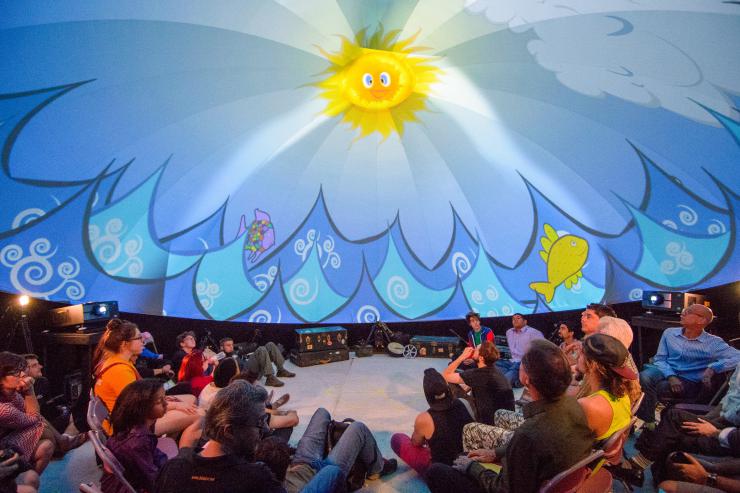
Beyond Projections
What happens when we think beyond the basics, as outlined above and in my previous post? What can we aspire to as we move beyond traditional lighting practices and begin thinking of lighting as a form of digital media? As we build smart, interactive performance spaces, media, light, and sound can be integrated in ways that go far beyond the separate departments and systems that we traditionally see in venues and productions.
On a project I produced entitled Wonder Dome, the media system was defined as the projection, lighting, sound and sensing systems. I was interested in creating a system that was flexible and would create a real-time feedback loop between the system and performers/audience members. Both the media server and the lighting server were custom built patches using Touch Designer, running on custom built PCs. The digital sound mixer was built using MAX, a real-time visual programming software, running on a MAC. This meant that from the foundation up, the entire media system was a dynamic real-time, interactive, experiential media system with room to grow and expand.
We used OSC as our system protocol to send and receive data across traditionally separate departments in order to achieve full system integration where projections triggered audio and lighting, audio triggered lighting and projections, and lighting triggered audio and projections. All departments received data from the performance space’s sensor system.
Even in a performance environment like this the key aspects of lighting remained the same: illuminate the performers, tell a story, create mood, and establish time of day. But the lighting department, led by Lighting Designer/Programmer Adam Vachon, was seeking to go beyond this and fully integrate lighting as a technological element that was akin to a performer reacting not only in real-time to the media and sound, but also to performers, users, and audience.
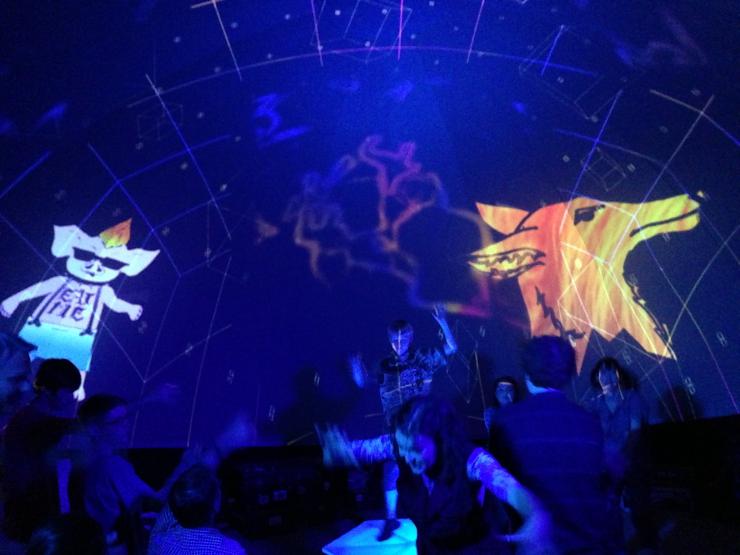
Designers, engineers, software developers, and productions are constantly exploring various technologies and methods to control and create light.…this way of thinking about and creating lighting is pushing the art and technology of lighting design beyond traditional theatrical methods, more akin to how digital media is being used in live performance.
While inherently immersive, a performance space like a dome can still create a separation between performance and audience space. We approached the lighting design a bit differently than normal, wanting the lighting to help the audience feel fully immersed in the environment and story. Traditionally, the audience is in the dark and the playing space and performers are lit, but we decided to include the audience as part of the performance space.
To achieve this, we set-up a pointer in the projection playback system that analyzed the RGB value of a specific location and then, instantly sent the RGB color data of the image to lighting. The lighting playback system instantly received this data and automatically controlled the RGB color value of the LED lights, which illuminated the entire audience and performance space. An example of this was when the color pointer was set on the sun in a digital image. The near exact RGB color value was matched in the lighting instruments, creating a unified sense that the audience and the performers were awash in sunlight. This pointer system had the ability to expand in order to dynamically change over time, automating, in real-time an exact color match between lights and media.
Designers, engineers, software developers, and productions are constantly exploring various technologies and methods to control and create light. From sensor driven control to different types of lighting fixtures, smart lighting, etc., this way of thinking about and creating lighting is pushing the art and technology of lighting design beyond traditional theatrical methods, more akin to how digital media is being used in live performance. It is an exciting time to experiment and create new methods of telling stories in responsive environments with new technologies.
Up Next: Sound and Media Design


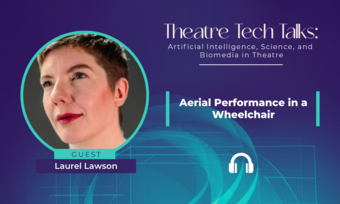


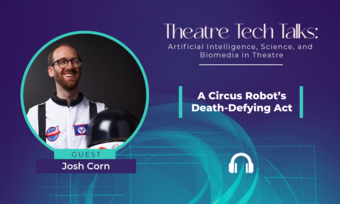

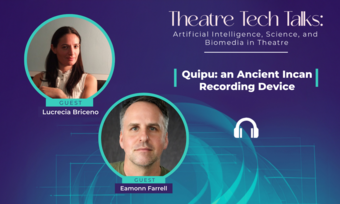


Comments
The article is just the start of the conversation—we want to know what you think about this subject, too! HowlRound is a space for knowledge-sharing, and we welcome spirited, thoughtful, and on-topic dialogue. Find our full comments policy here
Another Fine technical article! And that bit about the RGB analyzer really has my mind reeling! First thought: What if you made it do the OPPOSITE?! That is, if (to give a simple example) it is sunlight on stage (basically yellow or RG) the audience is flooded in B (blue)?
And of course it opens up far more possibilites to the use of color to make a backdrop disapear (turn to black). Instead of only obvious choices (a blue background under white light turns black under yellow light), the RGB analysis would allow more varied and subtle (and thus more dramatic) changes. (Perhaps this is already being done; my color knowledge mostly comes from my years working at a commerical printing company, and as far as theater goesI tend to only frequent low-budget productions.)